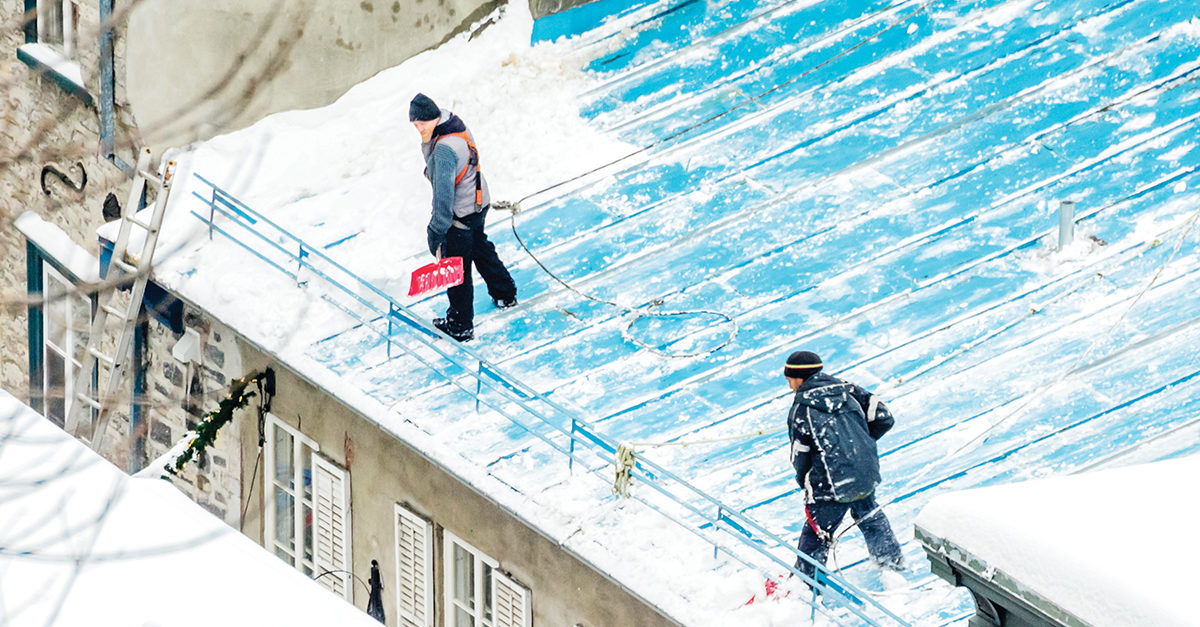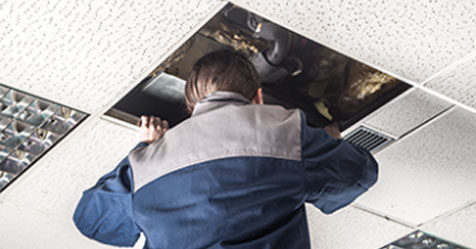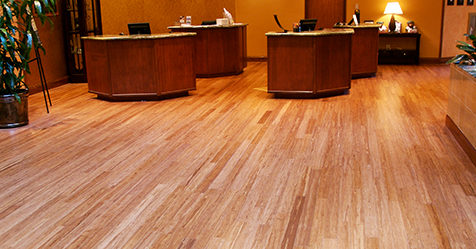For commercial property owners, each season and climate brings new challenges for the protection and maintenance of the roof. While the summer can cause heat related issues for a commercial roof, the winter season can often cause the greatest amount of damage—no matter where the facility is located.
In colder climates, the variances in temperatures from cold weather to the heat of the sun can cause problems for commercial roofs, as well as issues related to additional weight from snow and ice. In warmer climates, winter rains can turn minor leaks into major problems for commercial roofs, not only damaging the roof itself, but driving heavy costs related to interior water damage.
Protecting a facility’s roof is vitally important to ensure the integrity of its structure. Below are tips to help you keep your commercial roof safe during the long winter months.
Inspect to Protect
Having a facility’s roof inspected twice per year is an important step to promoting its longevity—a step highly recommended by the Roof Consultants Institute. You will want to schedule these in the fall and spring, before and after winter snow and rain. During the winter months, engaging in ongoing inspections of your facility’s roof can also help keep minor issues from becoming major problems.
While it may be difficult to access your roof in the bitter cold or while precipitation is falling, take advantage of breaks in winter weather to engage in a visual inspection of the roof. This can help with finding small maintenance issues, such as loose flashings and metal trim. Inspections of the drains during breaks in weather is crucial, as well.
Check for ice dams—blocks of ice that may prevent water from melted snow from draining off the roof—in cold climates, and also make sure debris, such as any leaves, are cleared from drains and waterways to prevent a possible drainage clog. Engage a commercial roofing professional to evaluate for steep commercial roof properties or other situations where the risk of injury is great for commercial property owners.
Interior Inspections
For cold weather climates, accumulating snowfalls or severe ice buildup may hamper the ability for commercial property owners to inspect their roofs. In those situations, or in a situation where roof access is difficult to obtain, engaging in an interior inspection of the underside of the roof can help to locate leaks or other potential damage that need repair to minimize further risk to your property.
When conducting a visual interior inspection, look for the following signs of trouble:
- Ceiling tiles that show water stains
- Interior wall surfaces near the roof that show discolorations
- Any types of deformations on the actual wall surface near the roof
- Leaking, or remnants of previous leaking, near window frames or skylights
- Visible signs of rust on metal components related to the underside of the roof structure
- Signs of mold on interior surfaces near the commercial roof.
Snow and Moisture Removal
During winter months, a commercial roof is subject to a number of different weather-related factors, including snow, ice, rain, wind, and other forces of nature. The additional weight that can be placed on a roof from these type of weather phenomena can put an undue amount of strain on it. For example, one cubic foot of snow can weigh between 5.2 to 12.5 pounds, depending on the type of snow that is falling.
If your roof does not properly drain excess water that collects from rainfall, melting snow, or ice, its load capacity can quickly become overwhelmed. To help maintain the roof’s integrity, make sure that your maintenance teams create a plan to remove snow or ice. A snow and ice removal plan should incorporate the following steps:
- Remove snow and ice from the roof with shovels or roof-rakes that deposit snow into safe, designated areas onto the side of your commercial property.
- For climates that have excessive amounts of snow, you should consider working with specialized companies that remove snow buildup by using cranes and other machinery that does not involve adding mechanical machinery to your facility’s roof.
- Have your facility management staff clean any trash or debris from the roof to minimize excessive weight, while also ensuring that your commercial roof is draining water properly.
Additionally, cold weather climates can be susceptible to melting and refreezing of water in drains, downspouts, gutters, and other components of a roof’s drainage system. This can create ice dams that can tear off gutters, loosen roofing materials, and cause water to back up without proper runoff.
Recognize Signs of Trouble
If you have not engaged in an inspection of your facility’s roof, the winter months can make existing problems much more difficult to repair. While most commercial property owners can recognize telltale signs of a roof leak when they notice water stains on a ceiling or water pouring into their facility, there are other signs that can help keep your roof protected during the winter months:
- Bubbles: Finding bubbles in your roof or roofing membrane can indicate moisture that is trapped within the roof cover, which can accelerate the deterioration of your roof.
- Damaged flashing: Closely inspect the roof flashing at projections and the perimeter, which can offer higher levels of moisture and weather intrusion to roofing joints if it is not properly attached or has damage.
- Cracks: If a facility has skylights in place, these need to be checked during the winter months to ensure that they are sealed and secured. Check for cracks (which could occur under snow load or hail damage), and visually inspect the perimeter dome seals and the curb flashings to make sure they haven’t opened up or become unadhered.
While spring and summer rain and wind can cause issues with a facility’s roof, the damage that can occur during winter can cause serious issues to the commercial property, as well as the contents that are located within. Engaging in an ongoing roofing maintenance program can help prevent winter damage while allowing you to maintain your facility in a way that will help minimize costs related to the upkeep of your commercial property.



